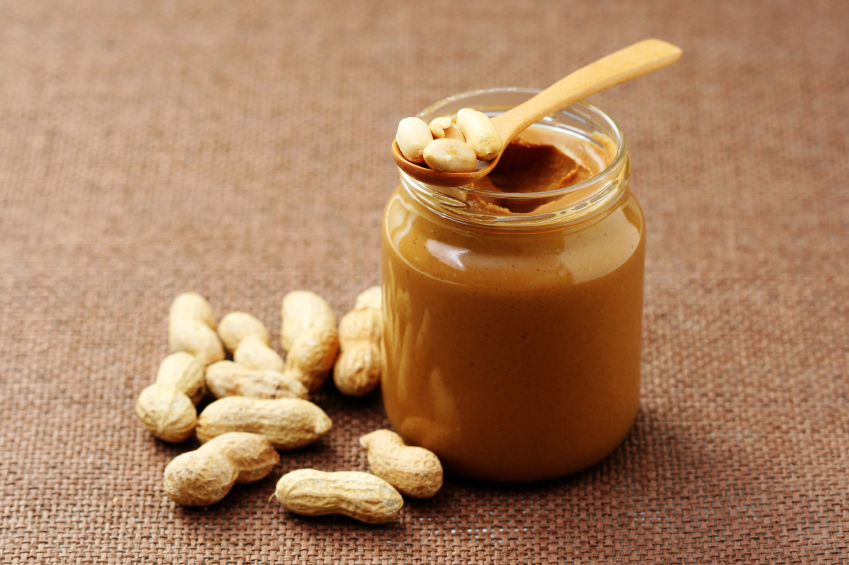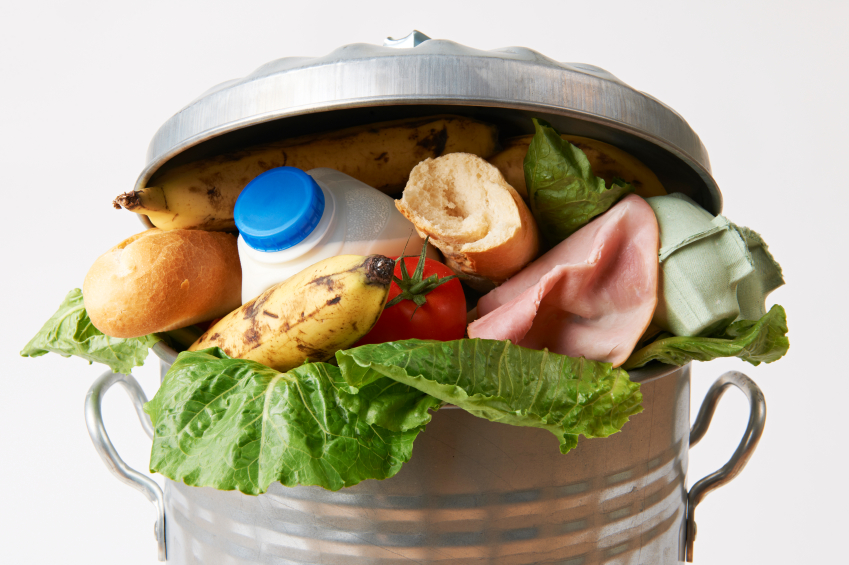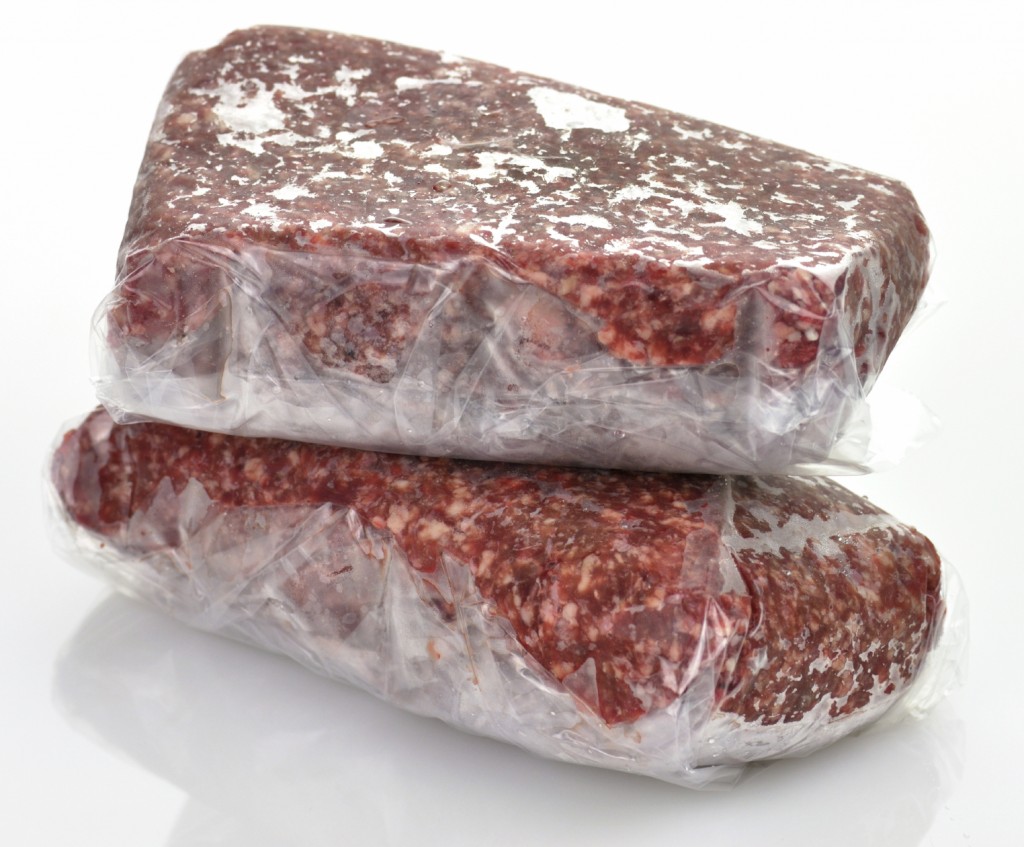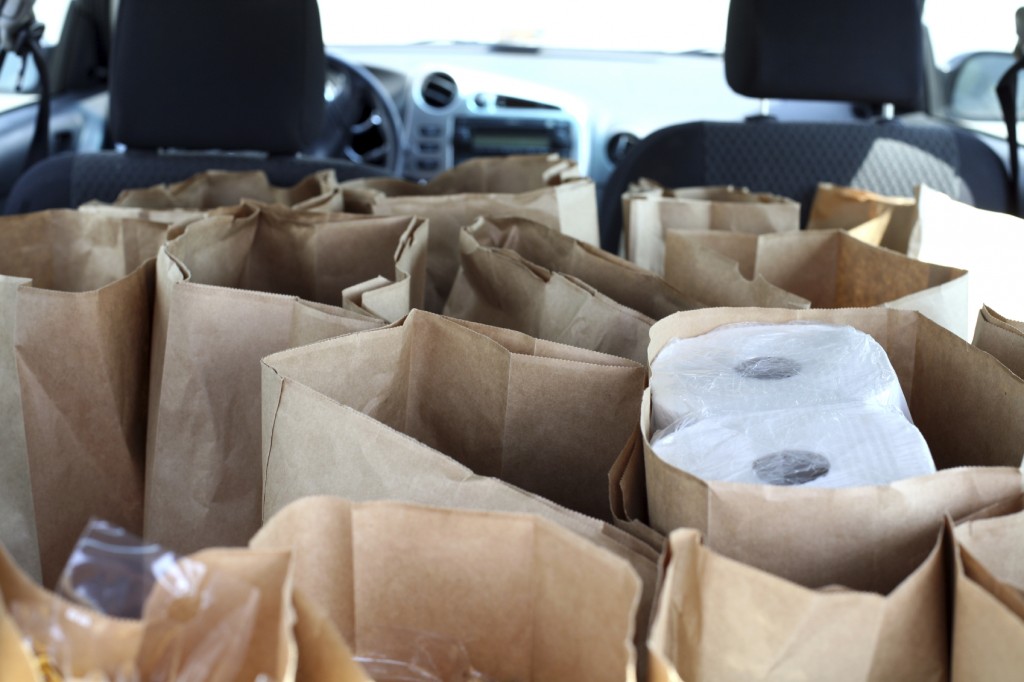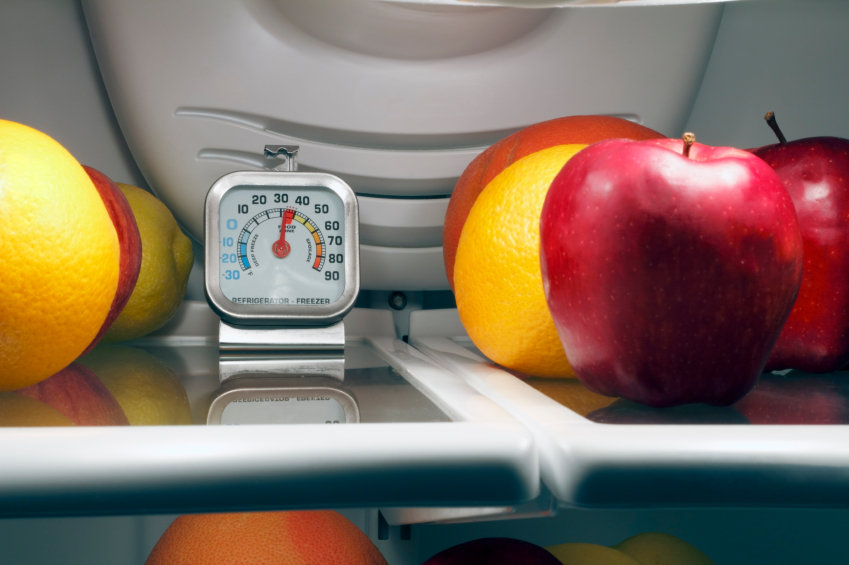
We know that refrigerators are supposed to keep our food cold, but how cold is cold enough? If your fridge is too warm, your food will spoil, and if it’s too chilly, it will freeze. The key is finding an optimal temperature range, but not everyone knows what that is. Fortunately for you, the experts at Speedy Refrigerator Service are here to help – read below for all of the answers to your temperature-related questions.
What is the best temperature for your refrigerator?
According to scientists, bacteria growth rates spike at about 40° F, which is why this temperature range is considered to be the “danger zone” for food. On the other side of the spectrum, water freezes at 32°. For these reasons, the optimal temperature range for your refrigerator is between 34-38°.
How do I know if my refrigerator is at the right temperature?
Like anything else, the easiest way to measure the temperature of your refrigerator is with a thermometer. Some models have these built in, but if yours doesn’t, don’t worry. You can find thermometers made specifically for your refrigerator online or at a local retail store. Once purchased, set the thermometer on different shelves to make sure the temperature is consistent throughout your whole refrigerator.
Do you have any tips for keeping a consistent temperature?
If you find that you are having trouble keeping your refrigerator’s temperature consistent, these tips will make the job easier:
-
Open your refrigerator door less. If you are cooking a meal that requires multiple ingredients from your fridge, take them all out in one trip. Avoid keeping the door open for long periods of time.
-
Vacuum the condenser coils. These are located on the back of the unit and release heat. If they are coated in dust, warm air can’t escape and your refrigerator has to work harder to keep cool.
-
Make sure the seal is not damaged. The rubber seal on your door forms an air tight barrier. Just one small crack or loose edge can allow cold air to escape your fridge, even when the door is shut.
If your refrigerator is too warm, trust the experts at Speedy Refrigerator Service to keep it cool. As New York’s premier fridge repair service, we have all the tools and experience needed to fix any make or model of refrigerator. Our phone lines are open 24/7, so call us anytime at 866-782-9376.
